Woolworths Group Ltd (ASX WOW) is one of the largest companies in Australia. In recent years to keep ahead of competitors, the group has decided to refocus on an Australia food division and price reduction strategy. Woolworths shares relatively higher Price to Earnings ratio (P/E) in the industry reflects a positive market expectation for future performance for the retail industry leader.
Competition in the industry and price pressure from two large competitors, ALDI and Costco has had an adverse effect on the strategy of Woolworths to regain market share in Australia. Should you buy Woolworths shares?
Table of Contents
About Woolworths Group Limited (ASX WOW)
Woolworths Group Ltd (WOW:ASX) is a leading supermarket and grocery company in Australia with a market capitalisation of over $37 billion.
The group’s main operating activities focus on Australian food, New Zealand food, Endeavour Drinks Group, Big W and hotels. Supermarket and grocery stores are the main revenue source for the group and this part of the business has the largest market share of 37.2% compared to Wesfarmers Limited (WES: ASX) at 30.3%, ALDI Stores Supermarkets Pty Ltd at 9.2% and Metcash Limited (MTS: ASX) at 7.4%.
Woolworths Strategy is Focused on Driving Food Division in Australia
Woolworths shares experienced revenue growth of 3.7%, and has recovered from negative revenue growth in last financial year, but is underperforming within the industry which is growing at an average of 4.7%.
The group has changed strategy to emphasise on Australia supermarkets as their top operating priority, deciding to exit the hardware building supplies retailing industry and sell out their petrol business in 2016.
Improved operating performance has been driving net profits to $1.482 billion in FY17 from $762.9 million in FY16. This has allowed Woolworths to increase their dividend from 77 cents per share in FY16 to 84 cents in FY17.
In addition, thanks to the strong cash generation, net debt declined from $3.8 billion in FY16 to $2.7 billion in FY17, leading to a reduction in financing cost of 21.2%.
The strategy is focused on reducing staple goods purchase prices to drive demand and regain market share. In 2015, the Australian Competition & Consumer Commission accused Woolworths of offering unreasonable price reductions to its suppliers without cutting its profit margin. The Federal Court dismissed the case and no further appeal was lodged from the ACCC, however, the company was requested to provide transparency to business and investors to rebuild community trust.
Increasing Competition in The Retail Industry
The environment of supermarkets and grocery stores across the industry will continue to be competitive while new players such as ALDI and Costco rapidly edge into the market.
One of the major competitive strategies from Costco and ALDI is providing competitive price-conscious options. Companies with heavy discounting have significant opportunities to maintain and increase market share.
ALDI, in particular, focuses on a cost-leadership strategy in the industry, and consumers have responded positively to this model over the past five years.
Lidi and Kaufland are well known for their price discounting strategies globally and entry of these German brands into the Australian market in the near future will likely increase competition in retail stores.
Woolworth has refocused its business towards the Australian food division and will focus on decreasing prices for products to boost market share. However, this has caused an erosion in profit margin for Woolworths over the past five years.
P/E ratio indicates investor’s expectation for the company future performance. Higher P/E ratio compared to competitors and the industry average shows that the company forecasts have a higher growth rate and the market is willing to pay a higher price for the company’s earnings.
| ASX Code | WOW | WES | MTS | Industry |
| P/E Ratio | 23.17 | 15.34 | 9.62 | 15.91 |
Source: Morningstar
ASX WOW shares have the highest P/E ratio of 23.17 compared to competitors Wesfarmers Limited of 15.34 and Metcash Limited of 9.62, and to the industry average of 15.91. That reflects an optimistic market expectation of Woolworths in the future performance but could also indicate that the company is overpriced.
| ASX Code | Profit Margin | ROE | P/B Ratio |
| Woolworths (ASX WOW) | 2.55% | 14.93% | 3.33 |
| Wesfarmers (ASX WES) | 4.34% | 12.34% | 1.9 |
| Metcash (ASX MTS) | 1.52% | 13.16% | 1.28 |
| Average | 2.8% | 13.48% | 2.17 |
The profit margin of ASX WOW shares in 2017 was 2.55%, which is lower than the industry average (2.80%), primarily due to large investments in price reduction in the Australian food division.
ASX WOW shares ROE in 2017 was the highest in the industry compared to the major players in supermarkets and grocery stores industry, which shows relatively efficient capital use. ASX WOW shares have a rather high P/B ratio (3.33) which could indicate the stock is overpriced if they don’t continue to grow their market share and increase earnings.
Challenges ahead but still a leader in the retail industry
The Woolworths stock price may be affected by increasing competition and a price war from its peers, although the company has refocused its strategy to face these challenges.
Woolworths shares showed great financial performance last year and has the largest market share in the industry. It is difficult for investors to ignore the high competitiveness of Woolworths and even though valuation metrics are bit high, this just shows investors have confidence in the future growth of the company.


